You see a massive opportunity in Europe's aging population, but the wall of regulations looks intimidating. One mistake with CE marking or customs can get your entire shipment confiscated, turning profit into a huge loss.
To import mobility scooters into Europe, you must secure CE marking under the EN 12184 standard, compile a complete Technical File with an EU Declaration of Conformity, pass all mandatory safety tests, and ensure correct customs classification under CN code 8713 to avoid high duties.
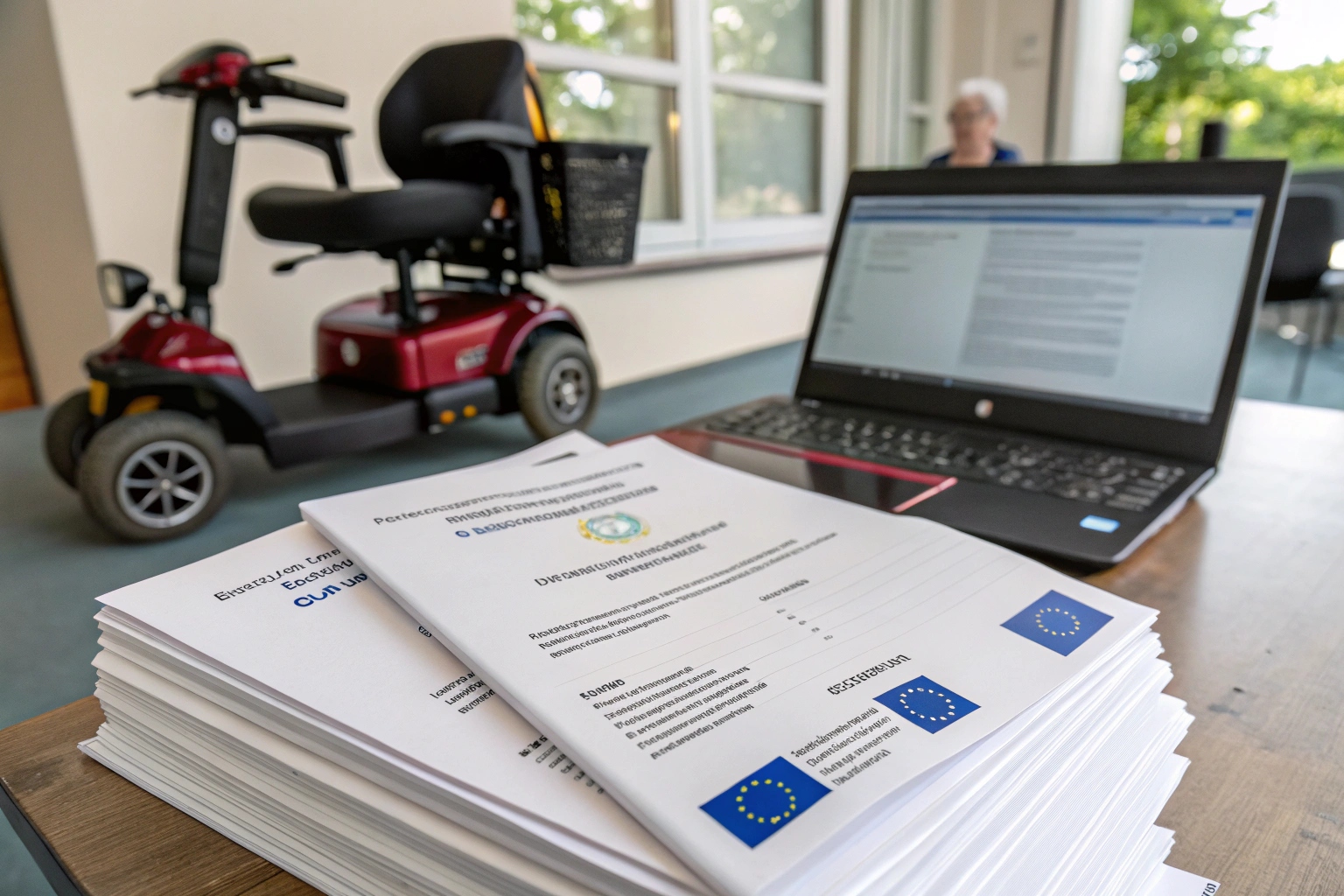
As a factory that helps distributors enter the European market, I've seen firsthand how critical these steps are. The EU isn't a single market; it's a fortress of rules designed to protect consumers. If you can't prove your product meets these rules, you can't get in. Many new importers think it's just about the product, but success is equally about mastering the paperwork. Let's break down the four most important requirements you need to handle.
What certifications are required to import mobility scooters into the EU?
You see the "CE" logo everywhere, but you are not sure what it really means. Assuming it's just a sticker you add to the product is a fast way to get your goods blocked at the border.
Your mobility scooter must have CE marking as a Class I medical device under the EU's Medical Device Regulation (MDR). This certifies compliance with the harmonized standard EN 12184, which covers essential safety and performance requirements.
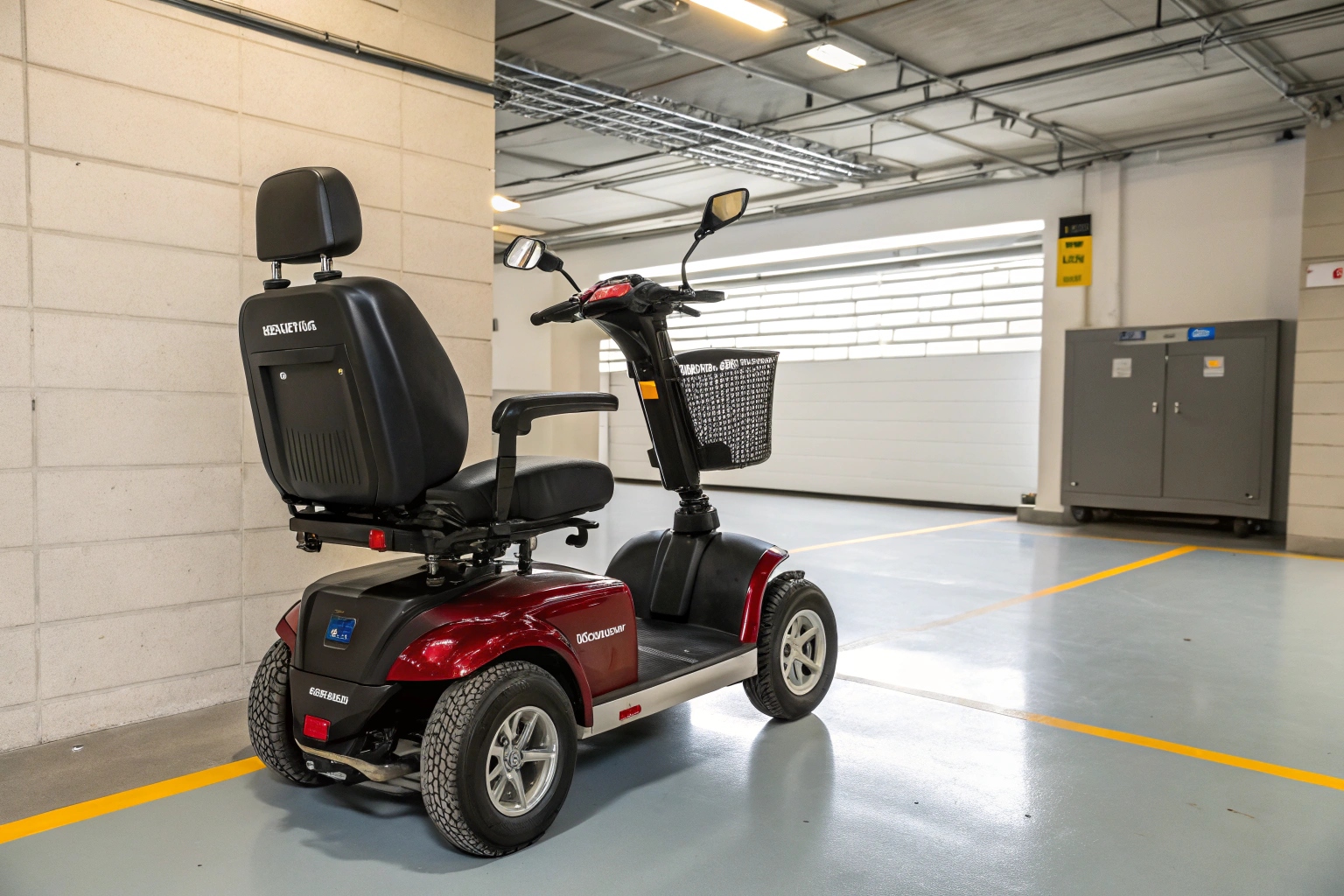
The CE mark is not just a logo; it's your legal declaration that the scooter meets all EU laws for safety and quality. For mobility scooters, this is a serious process. With a market valued at over €1.2 billion and growing, getting this certification right is your ticket to entry. As a Class I Medical Device, you are responsible for ensuring compliance. While you don't always need a third party (a Notified Body) to approve it, your technical proof must be perfect.
Here are the key standards we build our scooters to meet for our European clients:
| Standard | What It Covers |
|---|---|
| MDR (EU 2017/745) | The overarching legal framework for medical devices, covering risk management and clinical evaluation. |
| EN 12184:2014 | The specific technical requirements and test methods for electrically powered wheelchairs and scooters. |
| ISO 7176 Series | A detailed series of global standards for testing everything from stability and braking to durability. |
Think of the MDR as the law, EN 12184 as the specific rulebook for scooters, and ISO 7176 as the chapters detailing how to perform the required tests.
What labeling and documentation are needed for mobility scooters in Europe?
You have your scooter tested and certified. You think you are ready to ship. But then an official asks for your "Technical File" and "Declaration of Conformity."
You must compile a complete Technical File that contains all design specs, risk analyses, and test reports. You must also provide a signed EU Declaration of Conformity (DoC), which is your formal statement that the scooter meets all legal requirements.
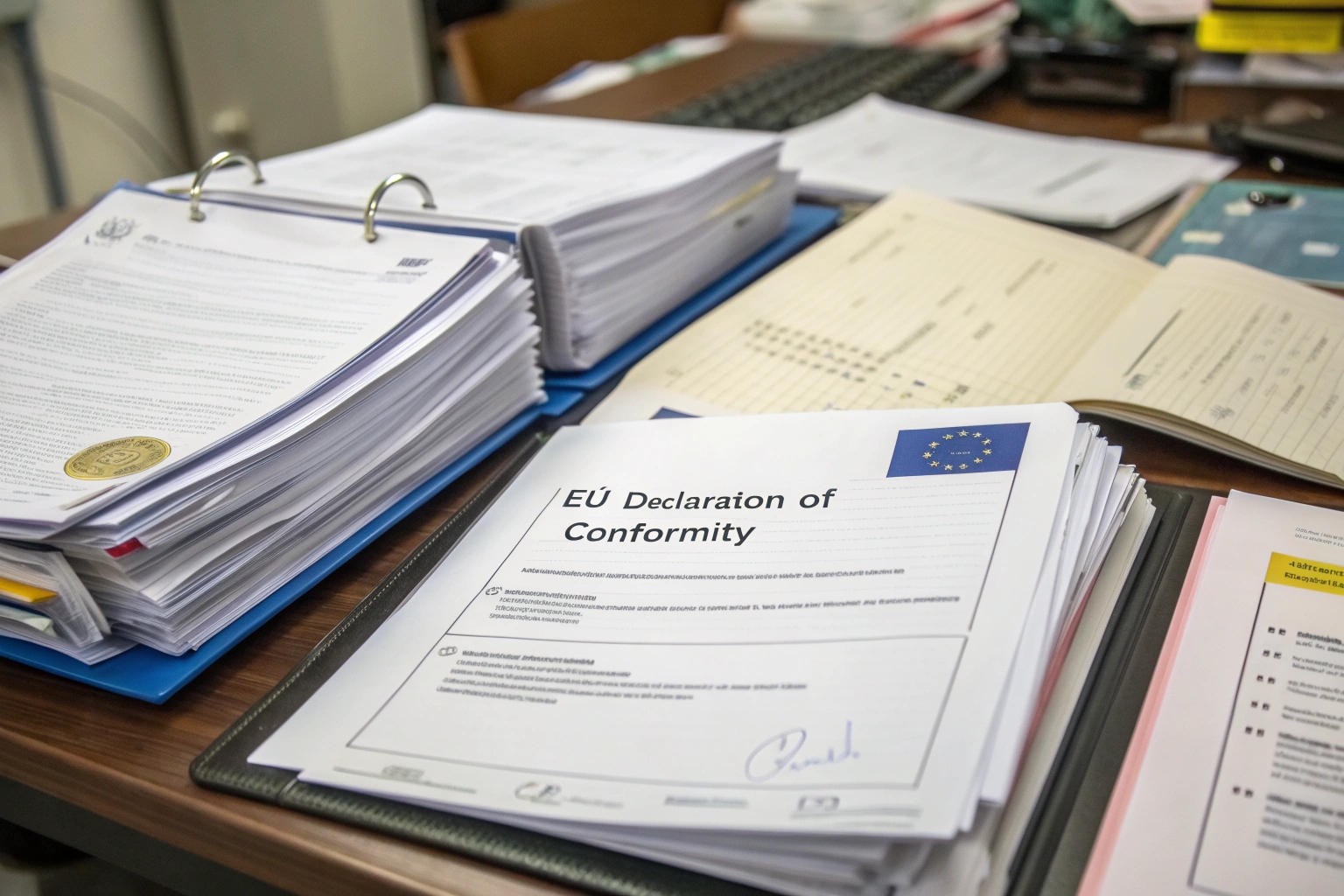
The CE mark on your scooter is only valid if this documentation exists to back it up. National authorities can demand to see this file at any time, even years after you’ve sold the products. If your file is incomplete, they can order a full recall. As a factory, we provide our clients with the core test reports and design information, but the importer is ultimately responsible for maintaining the complete file. Compiling this can take weeks or even months.
Your Technical File must include:
- A complete Risk Management File (according to ISO 14971).
- A Clinical Evaluation Report (CER) proving the device is safe and performs as intended.
- Copies of all labeling, packaging, and the Instructions for Use (IFU).
- Your plan for Post-Market Surveillance (PMS) to monitor the product's safety after sale.
- All test reports proving compliance with the standards we just discussed.
- The signed EU Declaration of Conformity.
What technical standards must mobility scooters meet for EU market approval?
You know you need testing, but are you sure which tests are mandatory? Guessing or using incomplete data is a huge risk that can render your entire product investment worthless.
To comply with EN 12184, your scooter must pass a wide range of physical and electrical tests defined in the ISO 7176 series. These include dynamic stability on slopes, braking effectiveness, electrical safety, electromagnetic compatibility (EMC), and durability.
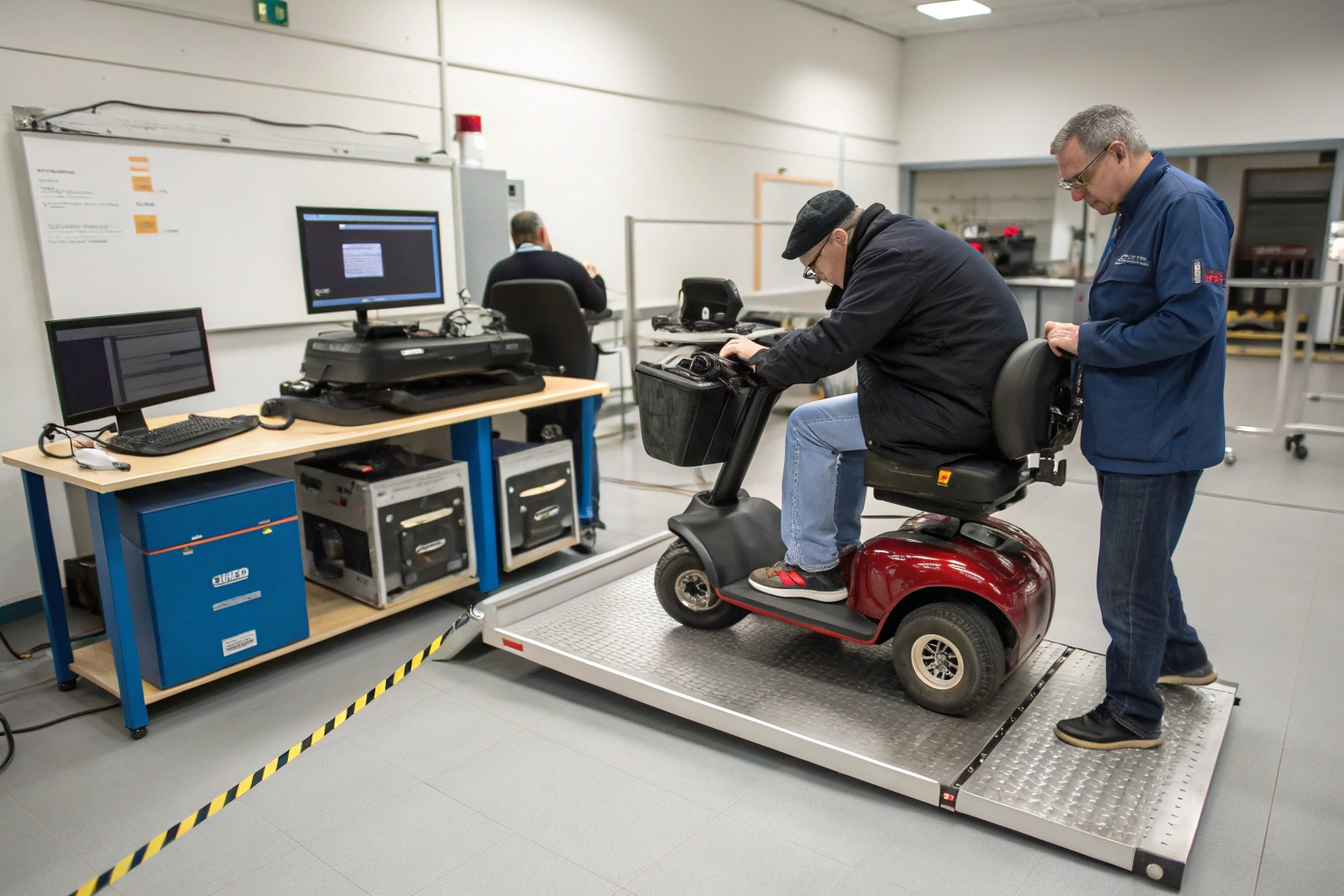
These tests are not just a formality; they are the practical proof behind your CE mark. They are how you demonstrate that your scooter is a safe medical device. While we conduct many of these tests in our factory during development, for EU certification, you must have reports from an accredited third-party laboratory. This is non-negotiable for serious importers. An expert lab like TÜV Rheinland might conduct over 100 individual test items.
Here are some of the most important tests your scooter must pass:
| Test Category | Standard Reference | Key Criteria |
|---|---|---|
| Stability | ISO 7176-1 / 7176-2 | Testing on various slopes and over obstacles without tipping. |
| Braking Performance | ISO 7176-3 | Verifying the minimum stopping distance and the parking brake strength. |
| Electrical Safety & EMC | ISO 7176-14 / 7176-21 | Ensuring it doesn't fail near radio towers or interfere with other devices. |
| Fatigue & Durability | ISO 7176-8 | Simulating a lifetime of use on a rolling road to find weak points. |
What customs duties and VAT apply to importing mobility scooters into Europe?
You've done everything right with CE marking. You assume your medical product will be duty-free. But then customs classifies your shipment under the wrong code, hitting you with a surprise 10% import duty.
Properly classified mobility scooters fall under CN customs code 8713 ("carriages for disabled persons") and are duty-free. However, customs may misclassify them under code 8703 ("similar vehicles" like golf carts), which carries a standard 10% duty.
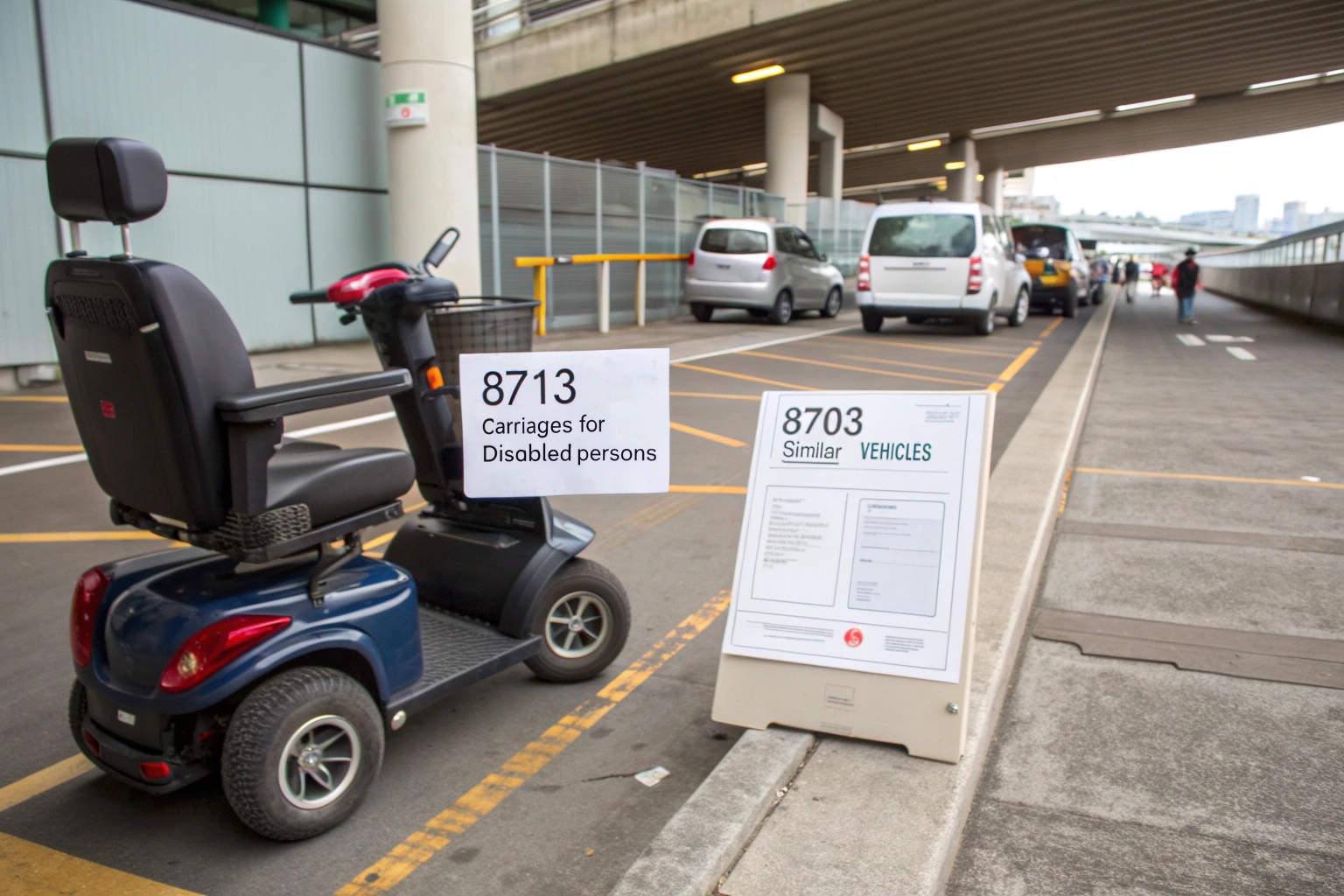
This is one of the most common and costly mistakes I see importers make. This isn't a small error; it's a 10% tax on your cost, which can wipe out your entire profit margin. In the UK alone, importers paid around £6 million in one year because their scooters were put into the wrong category. The key is to prove to customs officials that your product is a medical device, not a recreational vehicle. All the documentation we discussed—the CE mark, the DoC, the medical-focused Instructions for Use—becomes your evidence.
- Correct Code: 8713 — This is for "carriages for disabled persons." To use this code, you must prove the scooter's medical purpose with your CE documentation. Duty Rate: 0%.
- Incorrect Code: 8703 — This is a general code for vehicles like golf carts. If your scooter has high speeds or sporty features, customs may place it here. Duty Rate: 10%.
Always work with a customs broker who understands this distinction. Provide them with your full technical file to defend the 8713 classification.
Conclusion
Master CE certification, prepare a perfect technical file, pass all required safety tests, and use the correct customs code. These four steps are essential for successful EU importing.

